If one fine morning you discover that cabbage seedlings, grown with trepidation and love, look as if they were shot with a shotgun, it means that a flea has settled in the garden. Or rather, a type of leaf beetle that hops around like a flea. Adults kill the plant by eating the green part and spreading disease, while the larvae destroy the plantings by feeding on the roots.
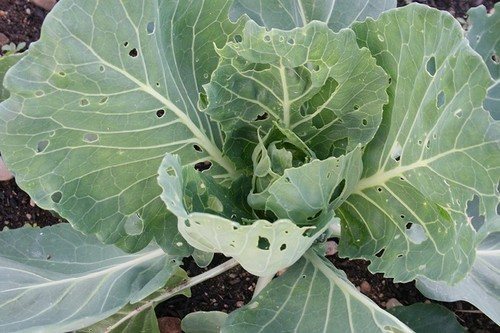
Large planting areas affected by insects are often treated with chemicals containing pesticides. Gardeners understand the dangers of such treatments and prefer to use traditional methods of fighting flea beetles.
On a note. Digging up your garden in the fall exposes the eggs and pupae of insects in the soil to winter cold, thereby killing them.

Food grade diatomaceous earth
Diatomaceous earth consists of the fossilized remains of marine phytoplankton with razor-sharp edges that are lethal to insects. Since upon contact with it, the flea and other pests quickly destroy the exoskeleton.
Repellents
Homemade insect repellents that contain extracts of garlic, basil, catnip, nasturtium or hot pepper will repel adults from plants sprayed with these repellents. When processing cabbage, keep in mind that essential oils decompose quickly, so you will have to apply them on a regular basis.
You can also plant these plants to protect cabbage seedlings from flea beetles.
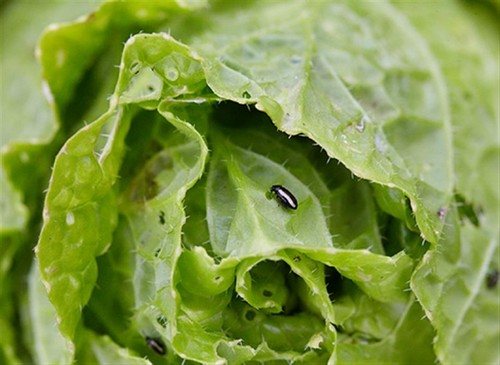
Pest trap
A trap is one way to combat garden fleas. Planting crops that are attractive to these beetles, such as radishes or radishes, will cause fleas to feed on them instead of cabbage. Root crops are planted at some distance to lure voracious pests away from the seedlings.
Regular watering
You can protect cabbage from fleas if you water the plants with cold water in the morning as often as possible. In this case, the seedlings will grow rapidly and quickly recover from the flea attack, and the insects will leave, as they cannot tolerate high humidity.
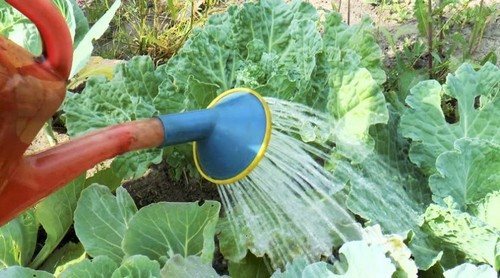
Homemade flea spray
Take 2 glasses of alcohol, 5 glasses of water and 1 tablespoon of liquid soap. The ingredients are thoroughly mixed before use. The effect of the mixture in the evening is checked on a separate sheet. If no side effects are noticed in the spray-treated area in the morning, the rest of the plant is sprayed.
Neem oil
Neem oil is a natural insecticide that kills garden insects and is suitable for organic flea beetle control. A solution prepared from 10 liters of water and 10-20 drops of neem oil is sprayed directly onto the cabbage leaves. Before spraying the entire plant, you should test the product on a small area.
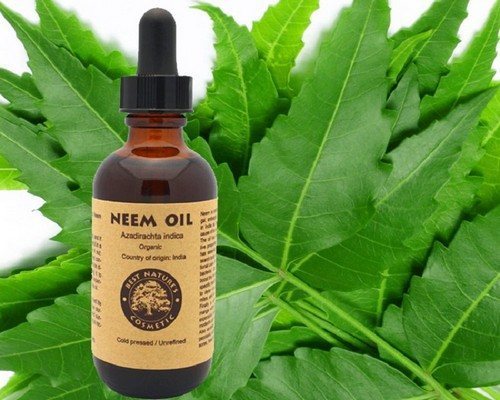
If one method does not work, it can always be supplemented or replaced with another until a better way is found to control the flea beetle population in the garden.


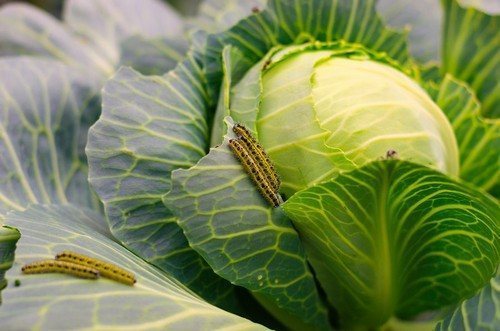
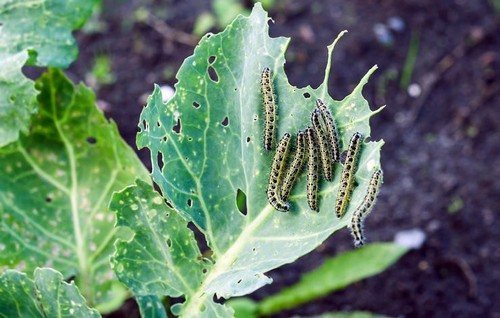
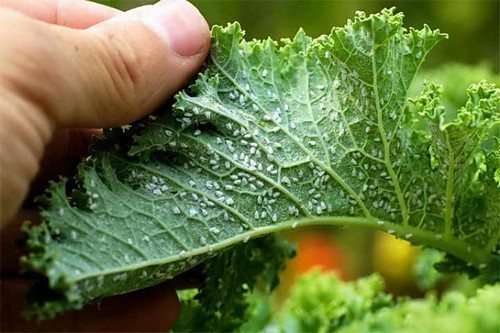
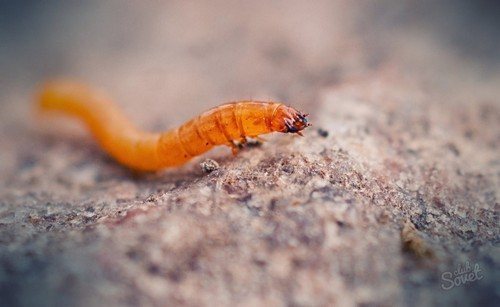
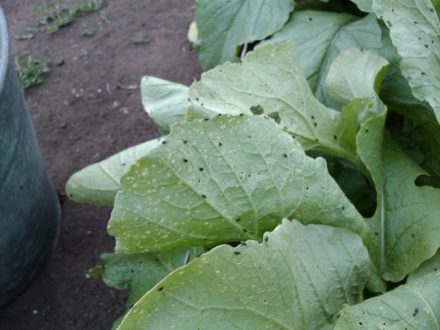
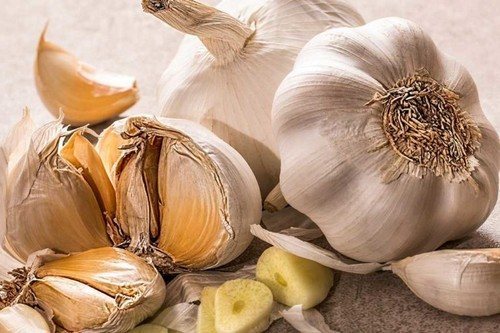
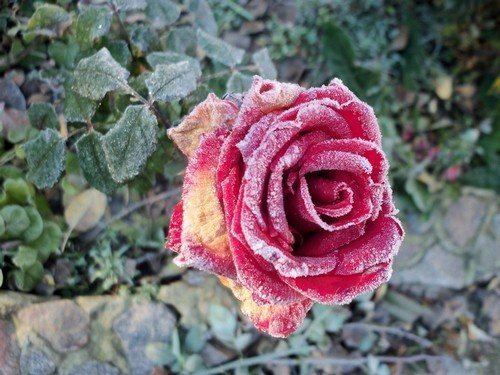
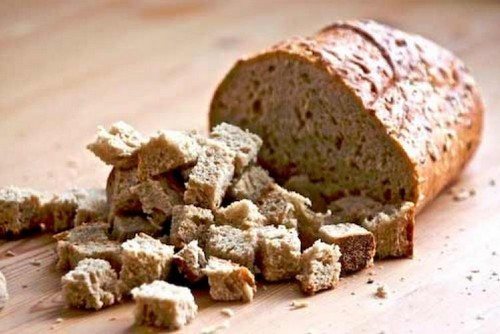
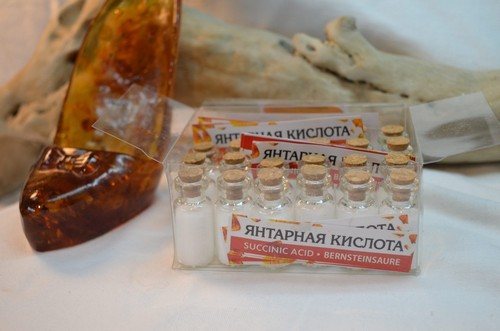

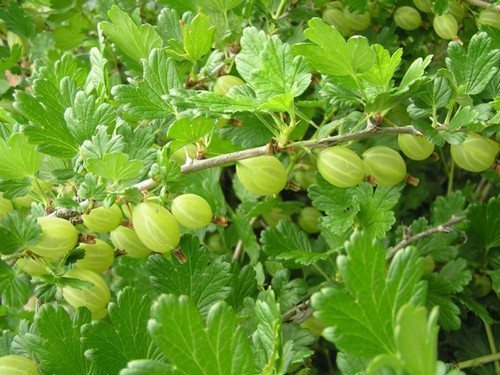
All your advice from this flea is nonsense. leaves for several hours and returns again to finish eating the cabbage. I’ve been poisoning her with dichlorvos in a silver metal bottle for three years now. Once lightly on the cabbage and on the ground is enough. that's all. the flea died. This dichlorvos is also used against the cabbage butterfly.
Dichlorvos is harmful. It is better to spray with a solution of vinegar or ammonia: 1 tbsp per 1 liter of water.